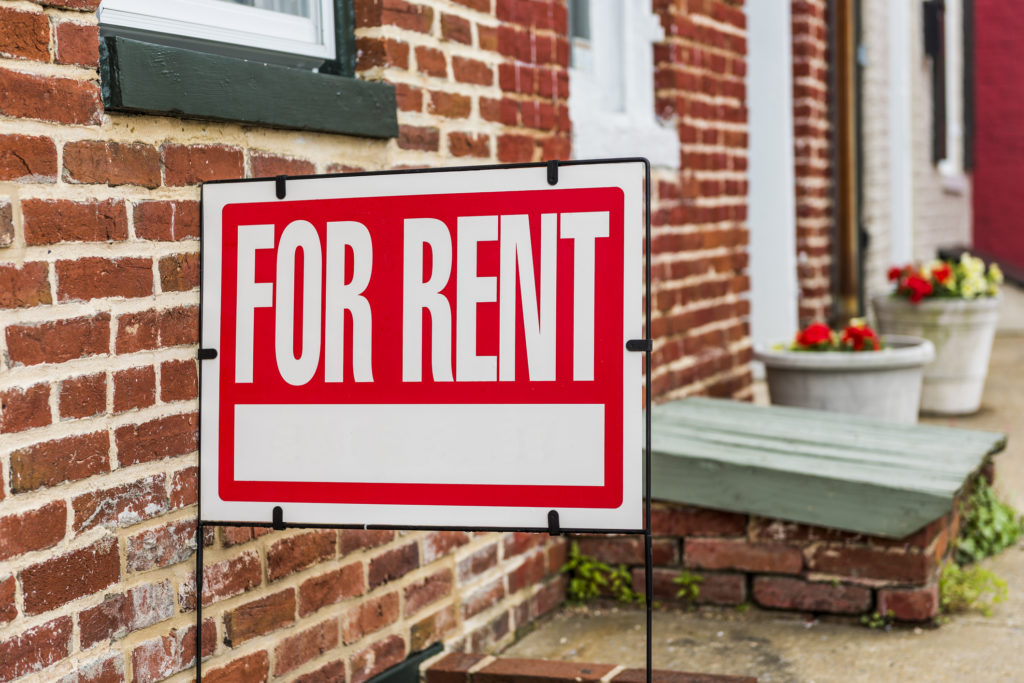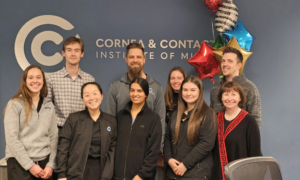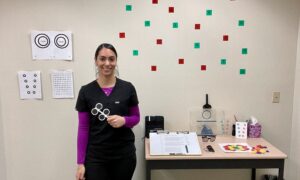By Roger Mummert
Content Director, ROB

Dec. 5, 2018
It’s called “the end of ownership.”
Millennials are questioning the need to purchase many of the things that previous generations took for granted as part of, well, growing up.
Why buy a car? Take an Uber.
Why buy work clothes? Subscribe to Rent the Runway.
Why buy a house? Rent and invest; don’t pay down debt for 30 years.
Why have two kids? Have one, and move to an area where they won’t expect every costly entitlement.
You’ve already guessed what comes next….
Why buy an optometric practice? Especially when optometry offers options that don’t lock you into long-term debt and limit your life choices.
Wealth-Building Timeline
Much has been written about Millennials seeking a life-work balance, implying that they don’t want to work hard. Just the opposite with those who subscribe to a lifestyle called Financial Independent, Retire Early (FIRE). Here the goal is not to sub-in for 20 hours a week so you can train for the Iron Man Marathon. The goal is to work hard, live economically, save and invest aggressively–then retire in your 40s, with a nest egg of $1-2 million.
Where does this leave the traditional route of entering an optometry practice as an associate, buying in and eventually taking over, before starting the cycle over with the next generation?
In limbo, that’s where.
Take a look at the economical strategies of the FIRE lifestyle.
Educate yourself. Prepare for a profession with a post-graduate degree, especially while your parents are paying for it.
Live frugally. Rent a small apartment. Cook meals, avoid trendy restaurants. Use your friend’s Netflix login for entertainment.
Travel smart. Forget hotels; stay in Airbnb’s. Use points for airfare. Look for off-season deals.
Save and invest. Set aside up to 70 percent of net income; invest in a 401(k) and in more aggressive annuities to draw on in early retirement.
Retire early. Build your $1-2 million nest egg by 45 then continue to live frugally. Work part-time, as you like or as need be.
Now contrast the FIRE plan with the traditional route:
Student debt. The OD graduate shoulders $150,000 in total student debt, with payments of $1,500 a month.
Home debt. Provided you can muster a 20 percent down payment (“Pop, I was wondering….”), you’ve put down $50,000 and owe $200,000 on a starter home, with monthly payments of $2,000.
Car debt. An economy car and a sport-ute run you $600 a month.
Practice buy-in and acquisition. An acquisition loan generally has a 5-7 year term at rates comparable to home loans. Finance 80 percent of a $500,000 acquisition and your monthly payments are $4,000.
Total monthly payments: $8,100. And you haven’t even bought groceries nor paid for travel soccer uniforms.
Is it worth buying a practice? Consider the pressure of $8,100 vs. $4,100. Now weigh that against determining your control over your career and long-term payoff.
Other Articles to Explore
This is not an easy decision, and the emerging focus on the FIRE lifestyle casts this in new light.
What’s the call to action?
OD owners need to look down the road. What is the value of your practice to the next generation with different values? How might you structure ownership in a way that appeals to someone looking to minimize debt?
Clearly, the FIRE pathway is not for everyone. But it may be a significant enough portion of the OD population that OD-owners, who have only begun thinking about transition, need to begin now to think in new ways
Bear in mind, even a modest trend can have a big effect. Witness General Motors. They recently eliminated several production lines and cut 14,000 jobs. A major factor in that decision: Fewer sales due to ride-sharing services like Uber and Lyft.
TAKE A LOOK AT THE “FIRE” LIFESTYLE…
“Best FIRE Blogs You Shouldn’t Miss”
Retire by 40
https://retireby40.org/early-retirement-blogs-everyone/
“Your Money Or Your Life” by Vicki Robin and Joe Dominguez
“How to Retire In Your 30s with $1 Million in the Bank” by Steven Kurutz, The New York Times.
The Happy Cheapskate by Travis Foster, Readers Digest
The Cheapskate Digest: In the 1980s, this newsletter advised consumers to forego consumables: You can clean your house with a bucket of water, a bottle of ammonia and old nylon stockings. The founders became so rich, they were hard-pressed to live the lifestyle they preached. They fell off the grid.
 Roger Mummert is Content Director for Review of Optometric Business. Contact: Rmummert@jobson.com.
Roger Mummert is Content Director for Review of Optometric Business. Contact: Rmummert@jobson.com.



























